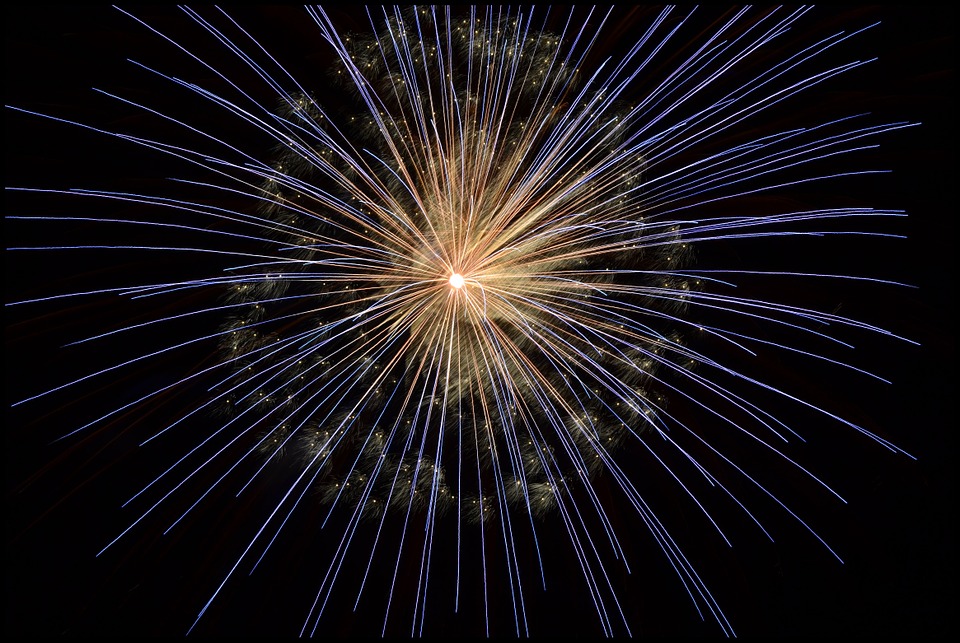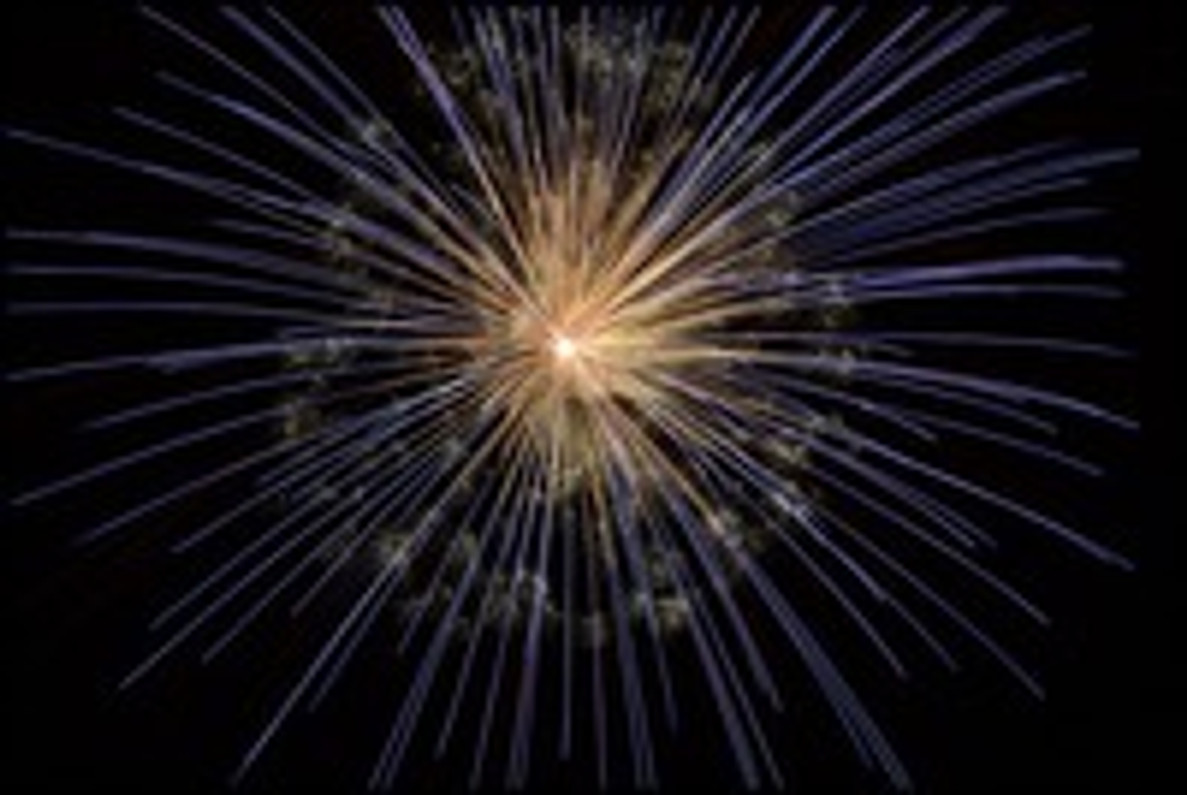July Fourth Fireworks Safety Tips

The Fourth of July is officially here, which means millions of families will be celebrating our country's independence by launching fireworks into the night sky. According to the American Pyrotechnics Association, more than 285 million pounds of fireworks will be used during this holiday. Some of these fireworks are used by consumers, whereas others are used by local cities, municipalities and private companies. But if you're planning to shoot off fireworks this Fourth of July, you should follow some basic safety precautions to reduce the risk of injury.
Don't Try to Relight Fireworks
If a firework doesn't ignite when you first attempt to light the fuse, do not go back and relight it. Hundreds of people have been injured for this very reason. The fuse may still have enough heat to ignite the powder and launch the fireworks, even if it appears that the fuse has died. Always err on the side of caution by assuming the firework is still lit.
Keep Water Nearby
As the saying goes, "Hope for the best but prepare for the worst" holds true when speaking about fireworks. Hopefully, everything goes smoothly without any problems, but if a firework catches brush or your lawn on fire, you'll want a water source nearby to extinguish it ASAP. This is why it's a good idea to keep a garden hose by your fireworks display, using it to extinguish any stray fires that arise. If you don't have access to a garden hose, a water-filled pitcher should suffice.
Proper Disposal
Use caution when disposing of fireworks, ensuring they are completely out and placing them in a safe container like a metal bucket. Do not attempt to dispose of used fireworks in a trash can, as it may ignite common household trash. Instead, pour water over the fireworks and then place them inside a metal bucket. This is the correct way to dispose of fireworks, as it reduces the risk of fire and subsequent injury.
Beware of Sparklers
Many parents assume that sparklers are okay for kids to use, believing they are a safer choice than traditional fireworks. Depending on the fuel and oxidizer used, however, they can easily exceed 1800 to 3000 degrees Fahrenheit, which is more than enough to cause severe burns or even ignite clothing. The bottom line is that parents should think twice before handing their kids a sparkler, because these otherwise small fireworks result in more injuries than the larger and more complex fireworks.
Hope these fireworks safety tips help! Happy Fourth of July everyone!
Recent Posts
-
Fire Safety in the Workplace: What You Need to Know
What steps are you taking to prevent fires in your workplace? According to the U.S. Occupational Saf …Aug 23rd 2023 -
Is It Safe to Go Jogging With a Cold Infection?
If you're suffering from a cold infection, you might be wondering whether it's safe to go jogging. T …Aug 22nd 2023 -
5 Safety Tips to Follow When Using a Powder-Actuated Tool
Powder-actuated tools are commonly used to join materials to steel and concrete. Also known as Hilti …Aug 20th 2023




